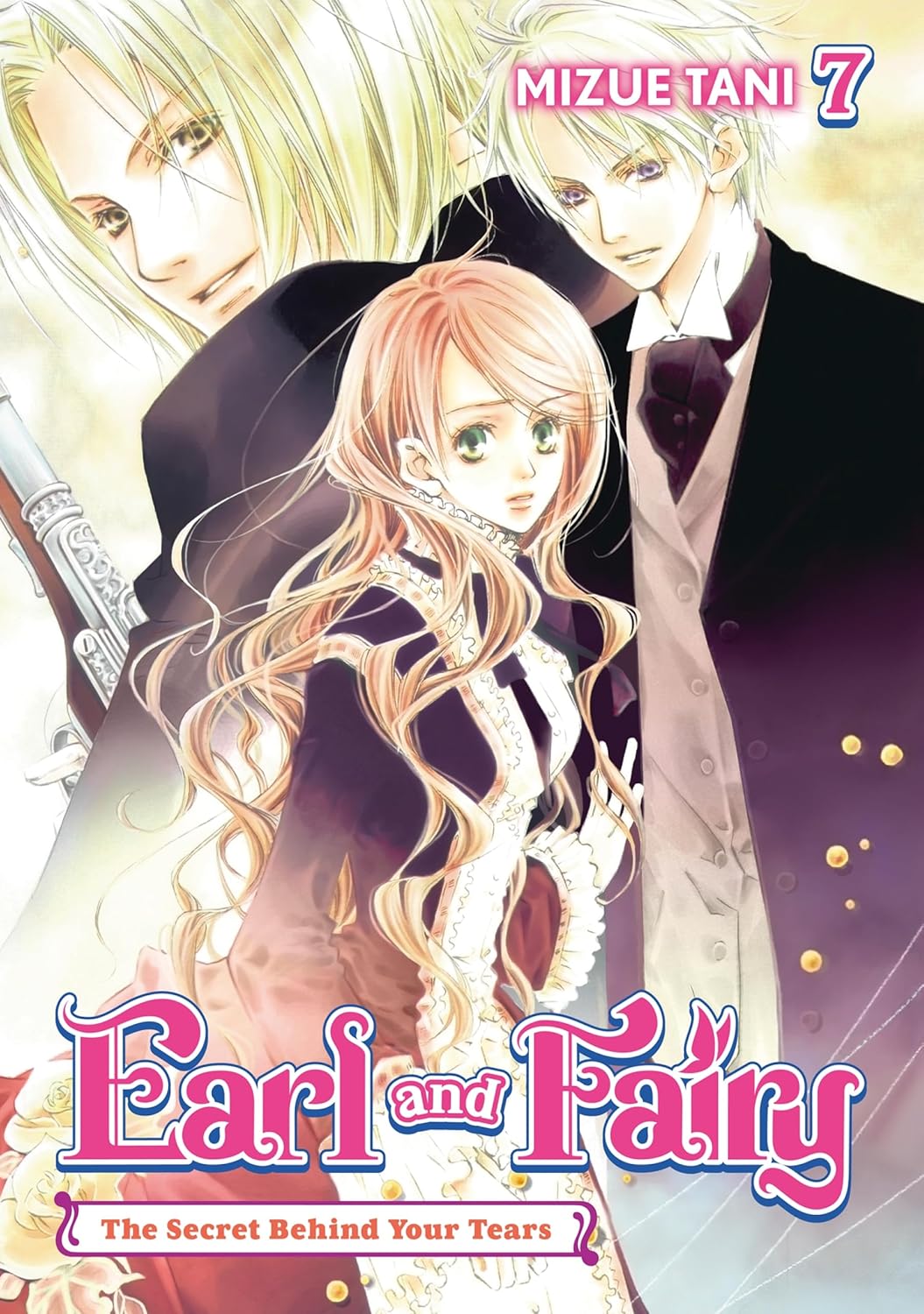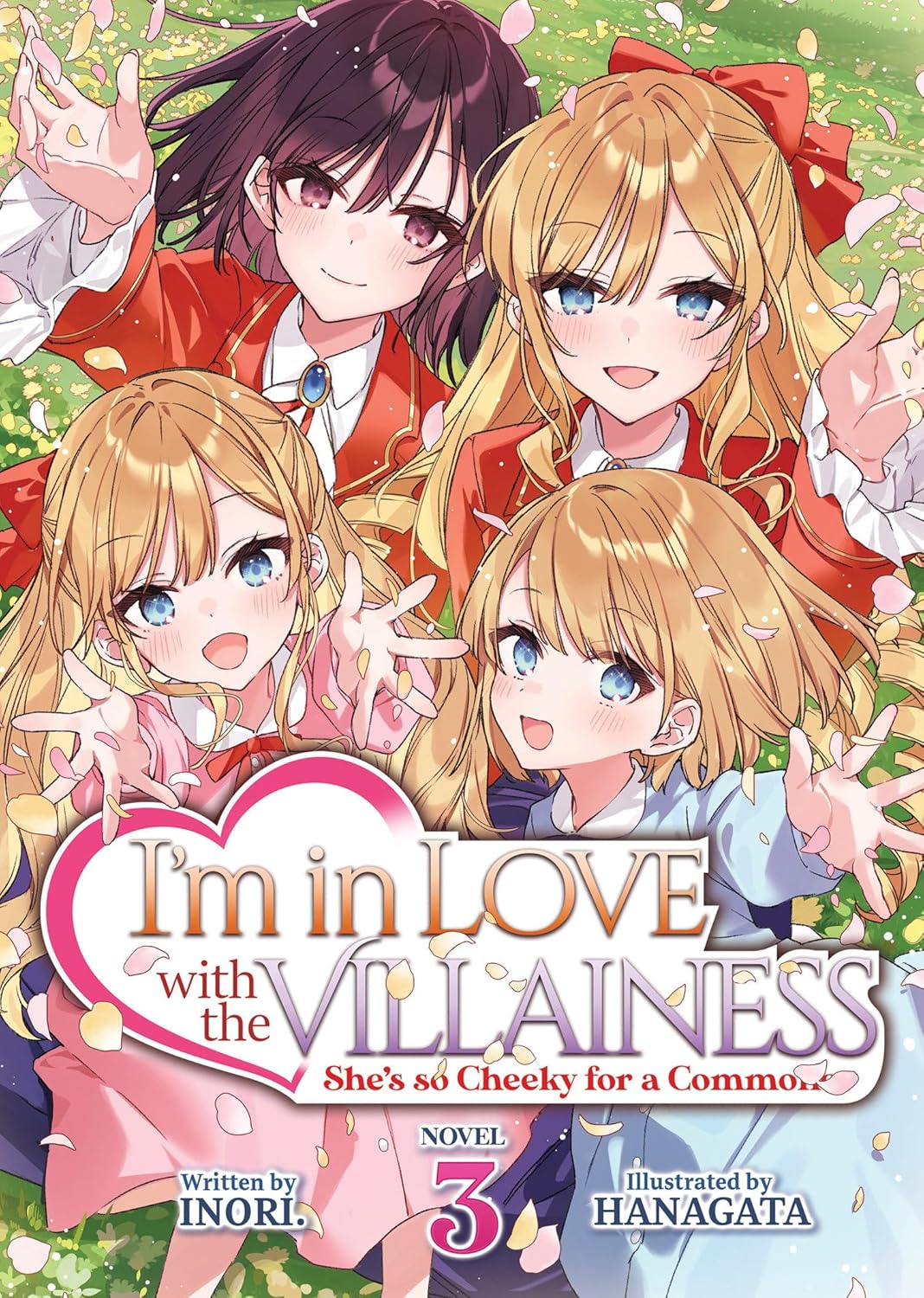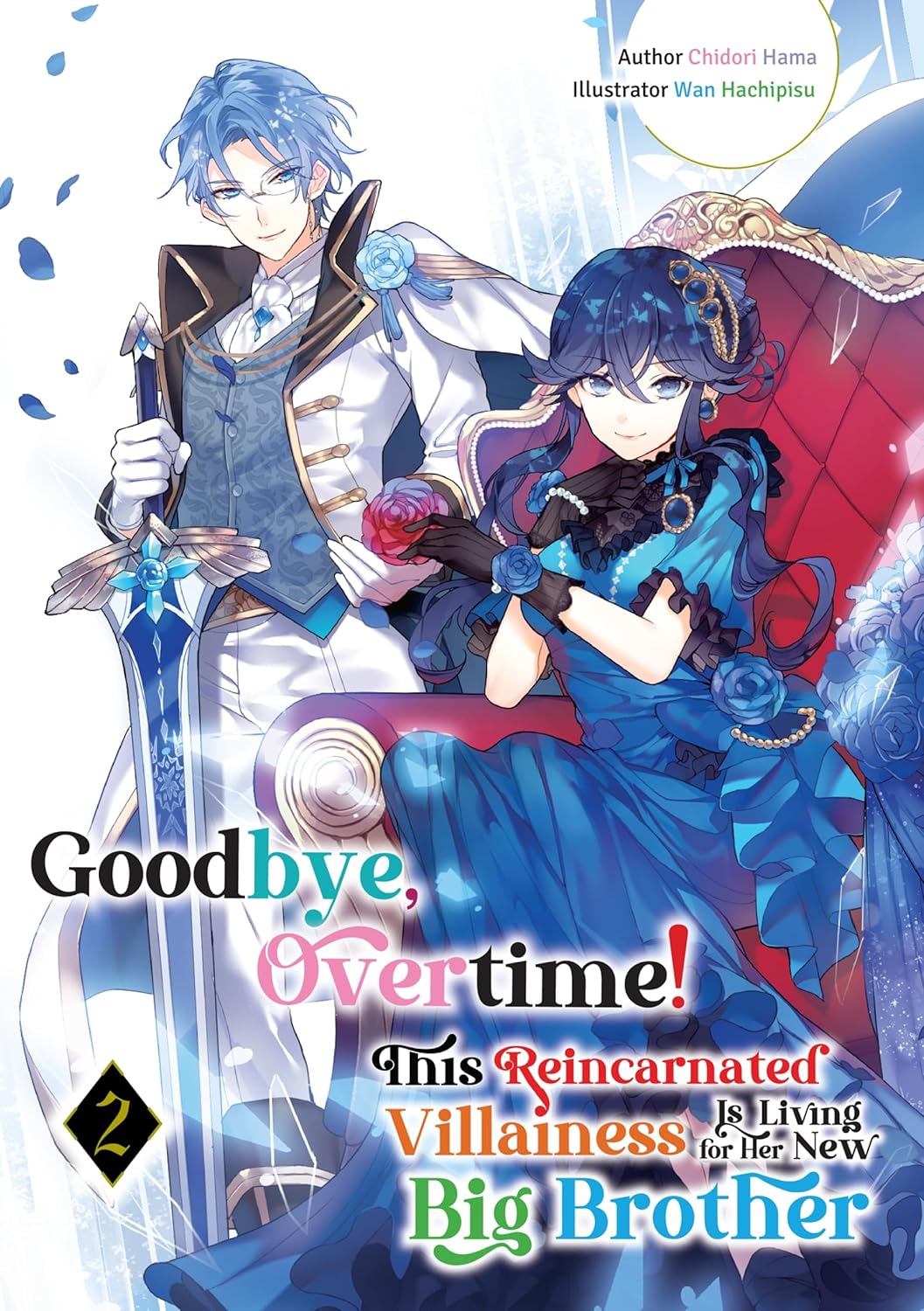By Mizue Tani and Asako Takaboshi. Released in Japan as “Hakushaku to Yōsei” by Shueisha Cobalt Bunko. Released in North America by J-Novel Heart. Translated by Alexandra Owen-Burns.
I don’t want these reviews to get too similar, so let me start off with something that isn’t the tortured romance between Edgar and Lydia for a change. Perhaps the plot itself. This book really hammers home that we’re seeing a re-enactment of Shakespeare’s Richard II in Japanese light novel form here. Edgar wants to be the Blue Knight Earl. He acts like a proper English noble, which includes caring about those whose lives he governs. He’s a good person who’s trying to do what the Blue Knight Earl is supposed to do. And he gets the reward in the end. Unfortunately, Ulysses has the bloodline in his (borrowed) soul, and so all the magical guff actually works for him, whereas Edgar is left with a reward that he cannot actually see or access. The good guys do sort of win here, but it’s a bittersweet victory, comes with a death, and its only real success was getting Edgar to finally realize that “it’s OK if I die” is not a good way to live.
We open with Lydia back in Scotland, determined to separate herself from Edgar, but missing him nevertheless… and despite the multiple letters a week he writes her. However, circumstances end up reuniting them on the island where this all began, where they are dealing with a banshee who is related to the Blue Knight Earl of a hundred years ago… and has amnesia. Unfortunately, Edgar is feeling rather depressed and morose about his inability to get his feelings across to Lydia, so goes to his club, gets drunk (and, it’s implied, also smokes some questionable drugs), then goes home, and when Lydia tries to talk to him, it goes badly. (No, not like that… though he’s initially afraid it was like that.) Unfortunately, as all this is going on, Ulysses is ma,king everything worse, as usual.
Ermine continues to be interesting, though I’m not sure how long she can keep up being a double (triple?) agent without wearying the audience. The author is being pretty good about keeping us on our toes as well, but I can’t help but notice that most of the recent cliffhangers are all “Ermine does something that looks evil”. That said, after her resurrection, I don’t think the author is getting rid of her anytime soon. If only as she’s still able to completely torpedo any efforts at Lydia and Edgar to get over their hangups and talk to each other about their doubts and fears. Edgar makes his biggest declaration of lover ever this book, but it’s a drunken murmuring of Ermine’s name that Lydia takes to be his “true” feelings, partly as I think she’s scared of her own feelings for him. Certainly she’s ready to walk into a massive deathtrap for him, as well as save his life when even he doesn’t want that. But… yeah. Still not quite a couple yet.
If you love exquisitly frustrated romance and supernatural action thrillers, this remains a must read.



